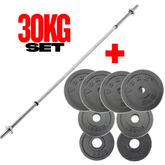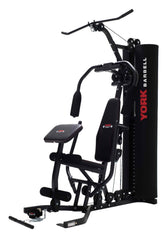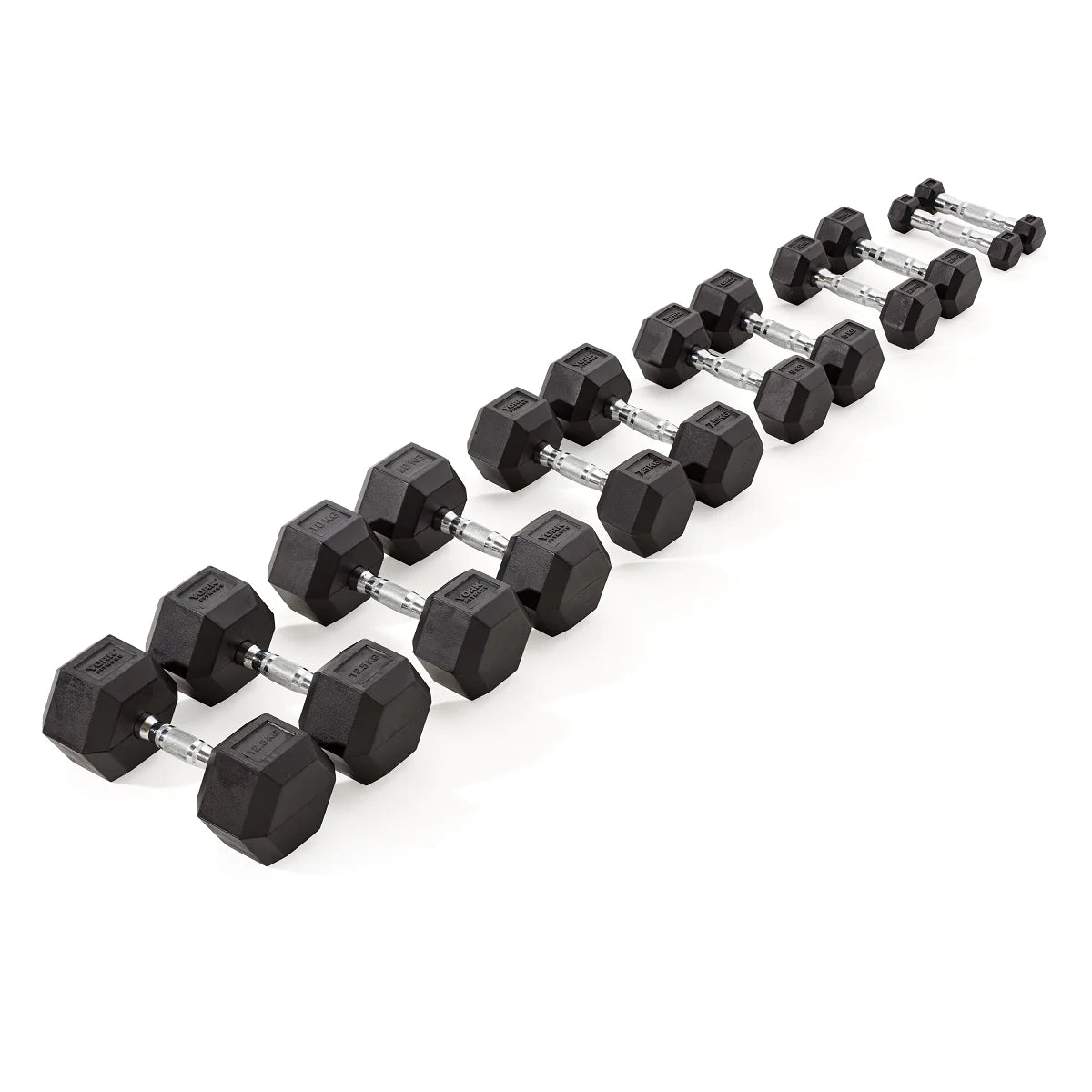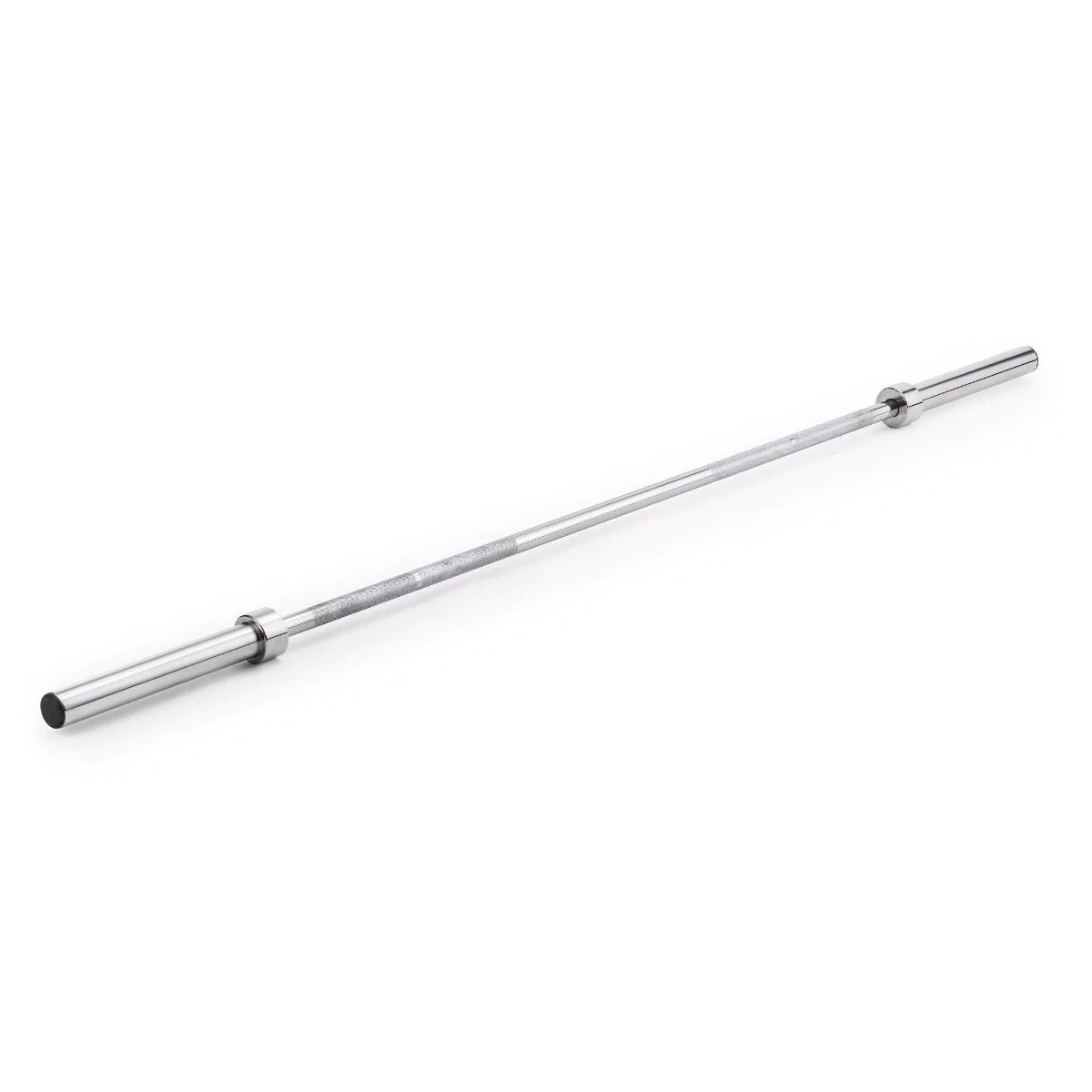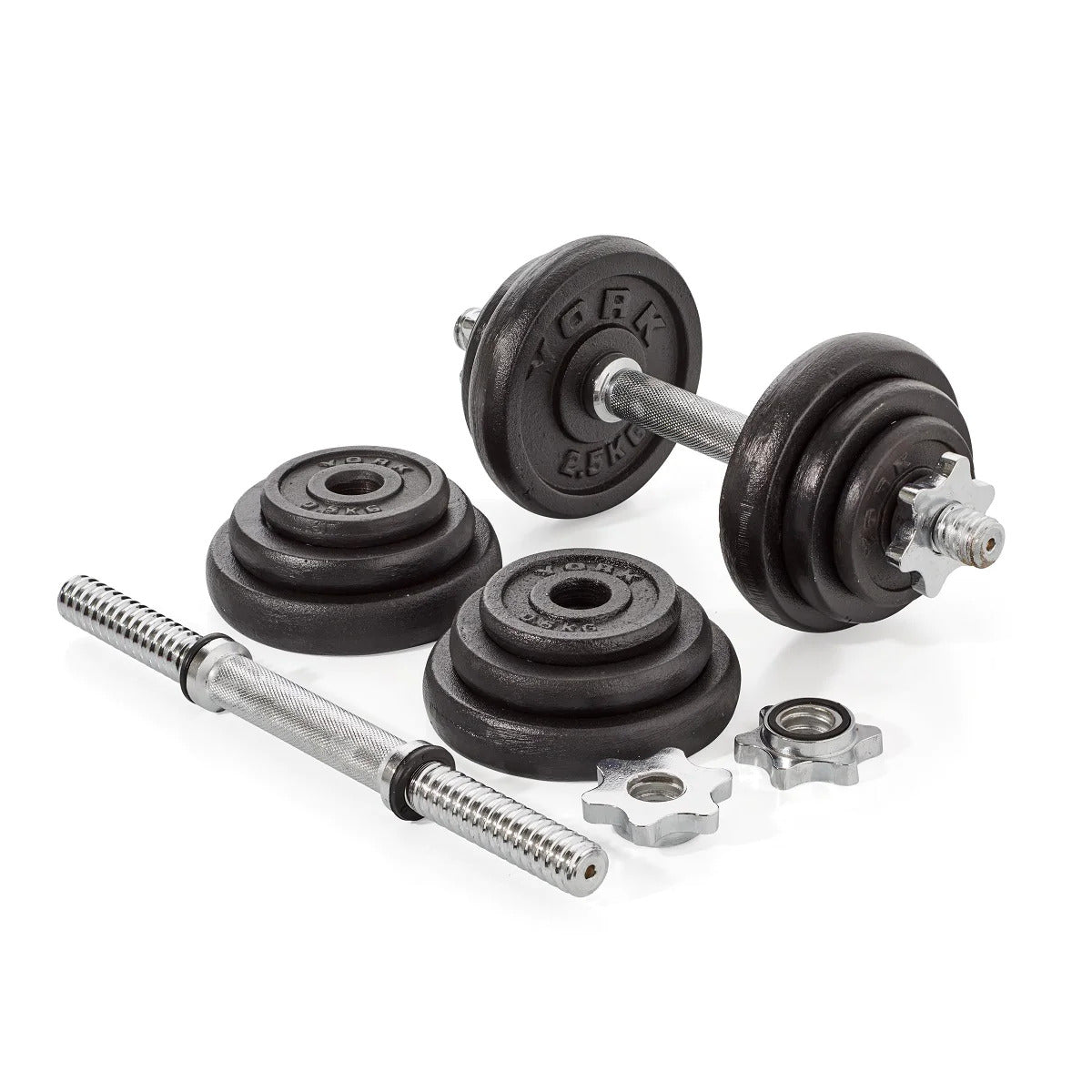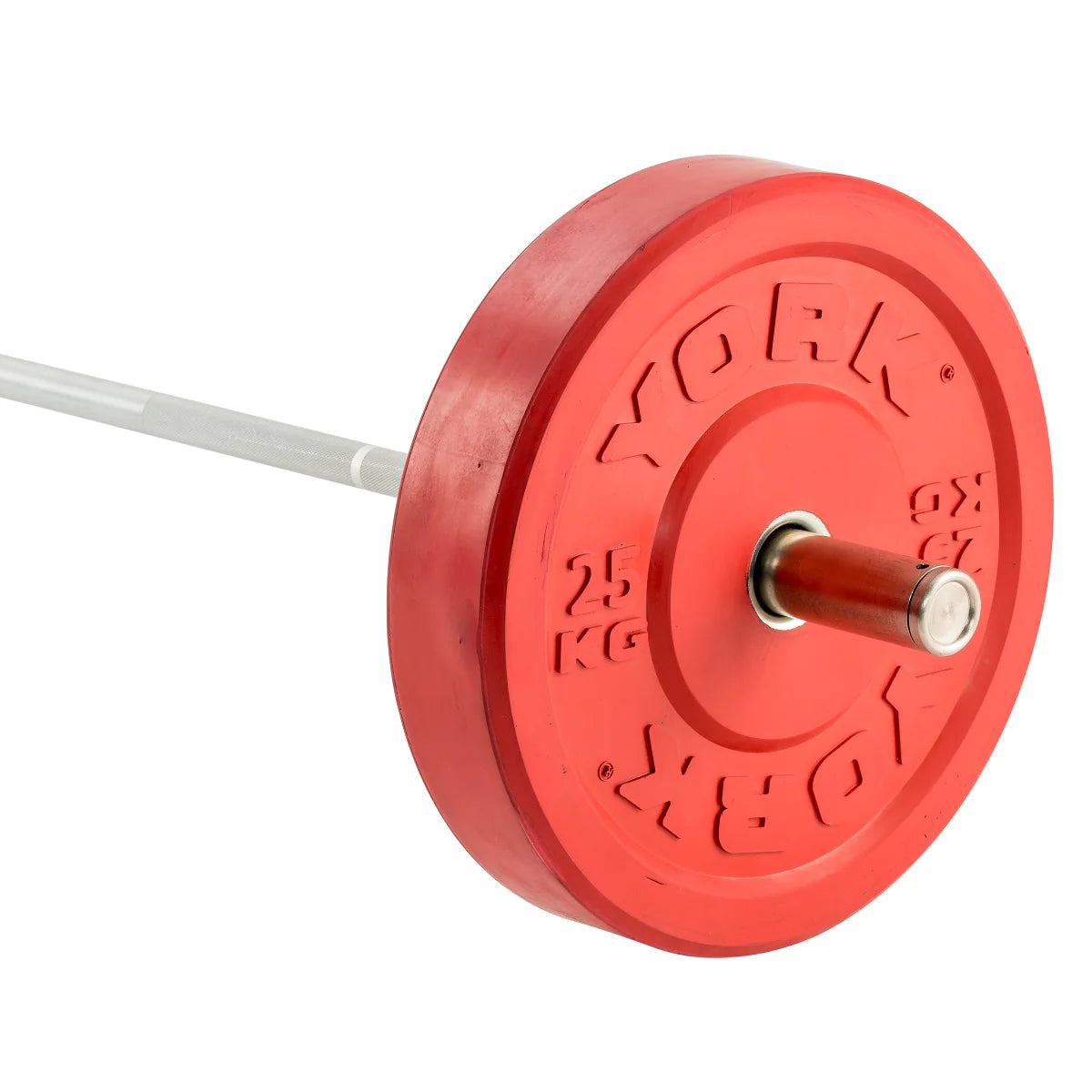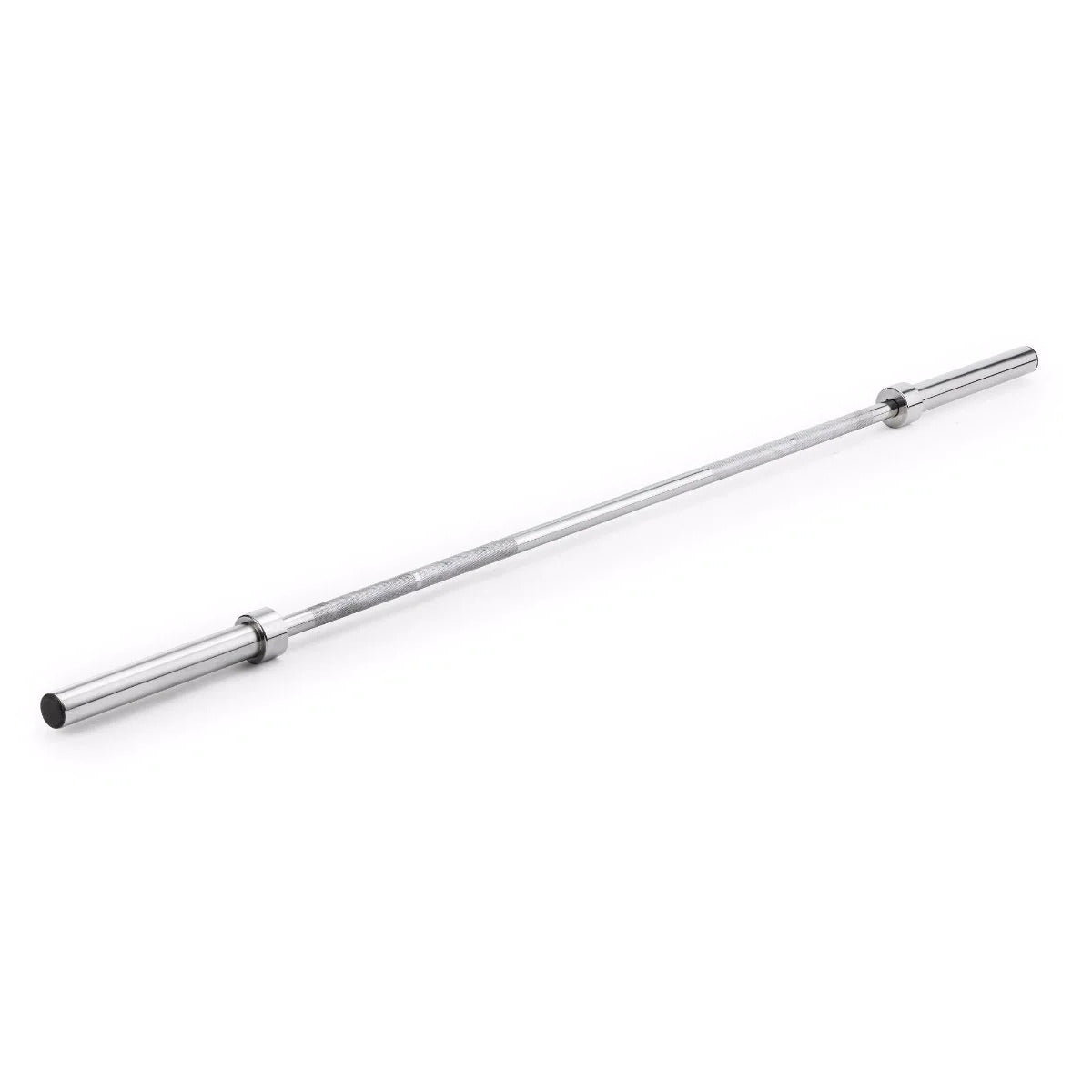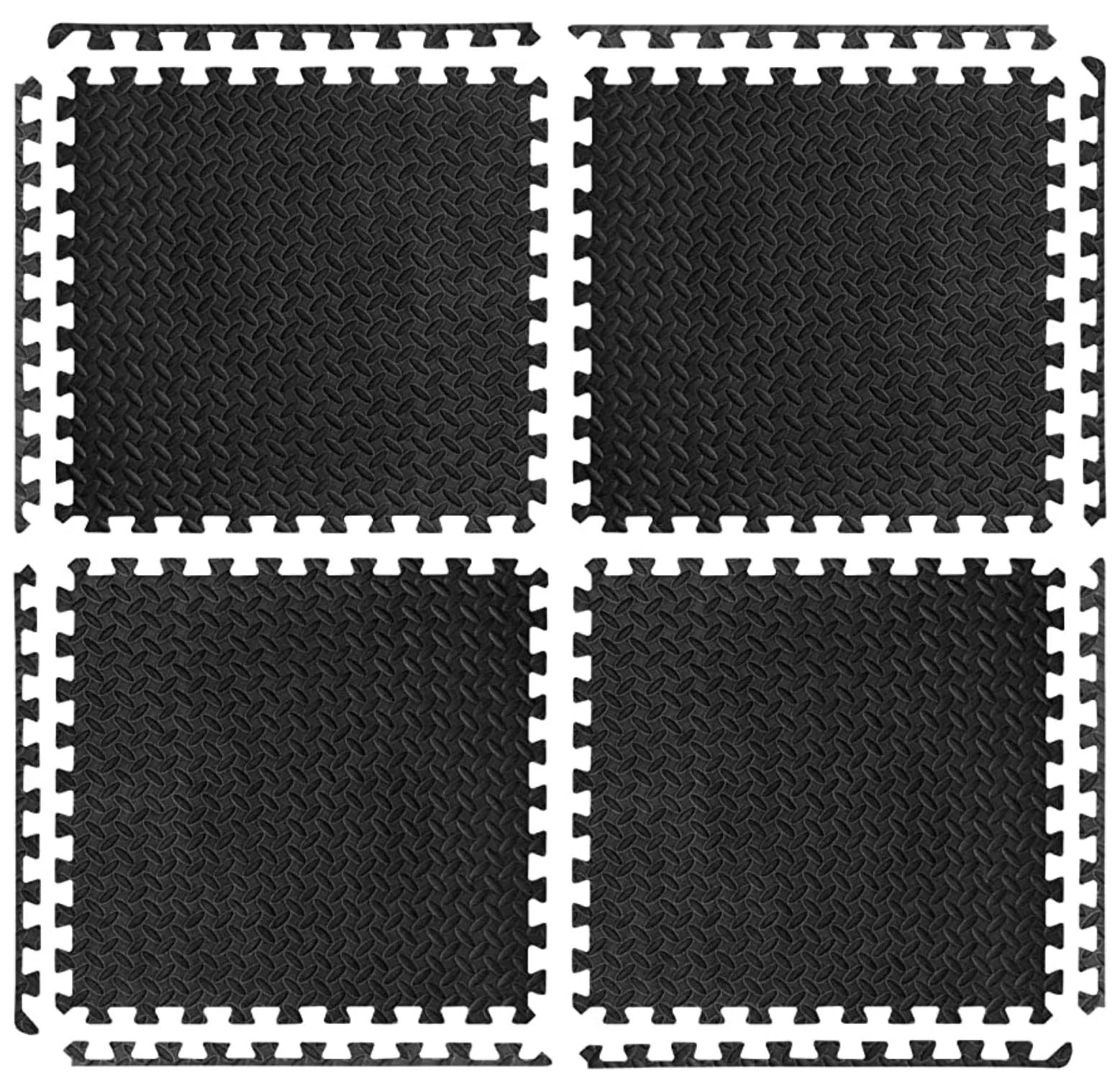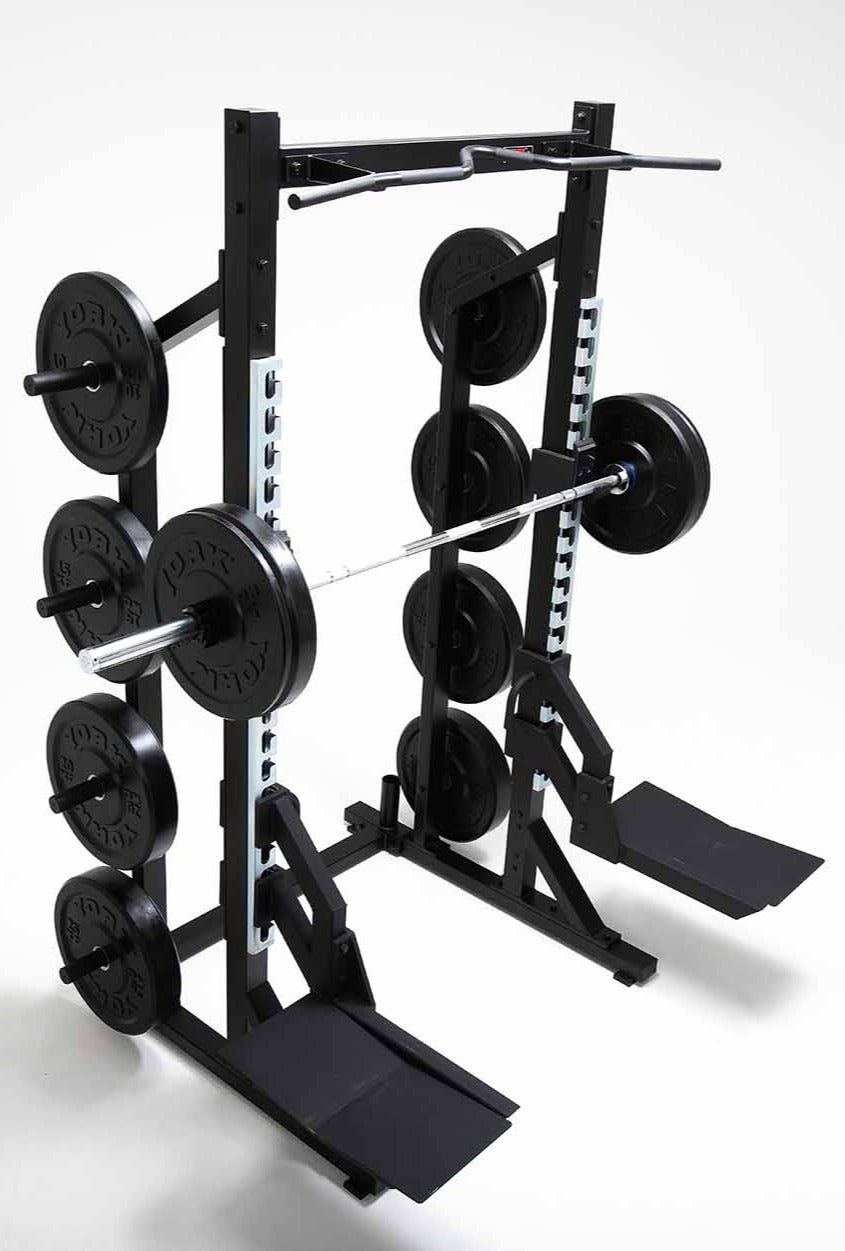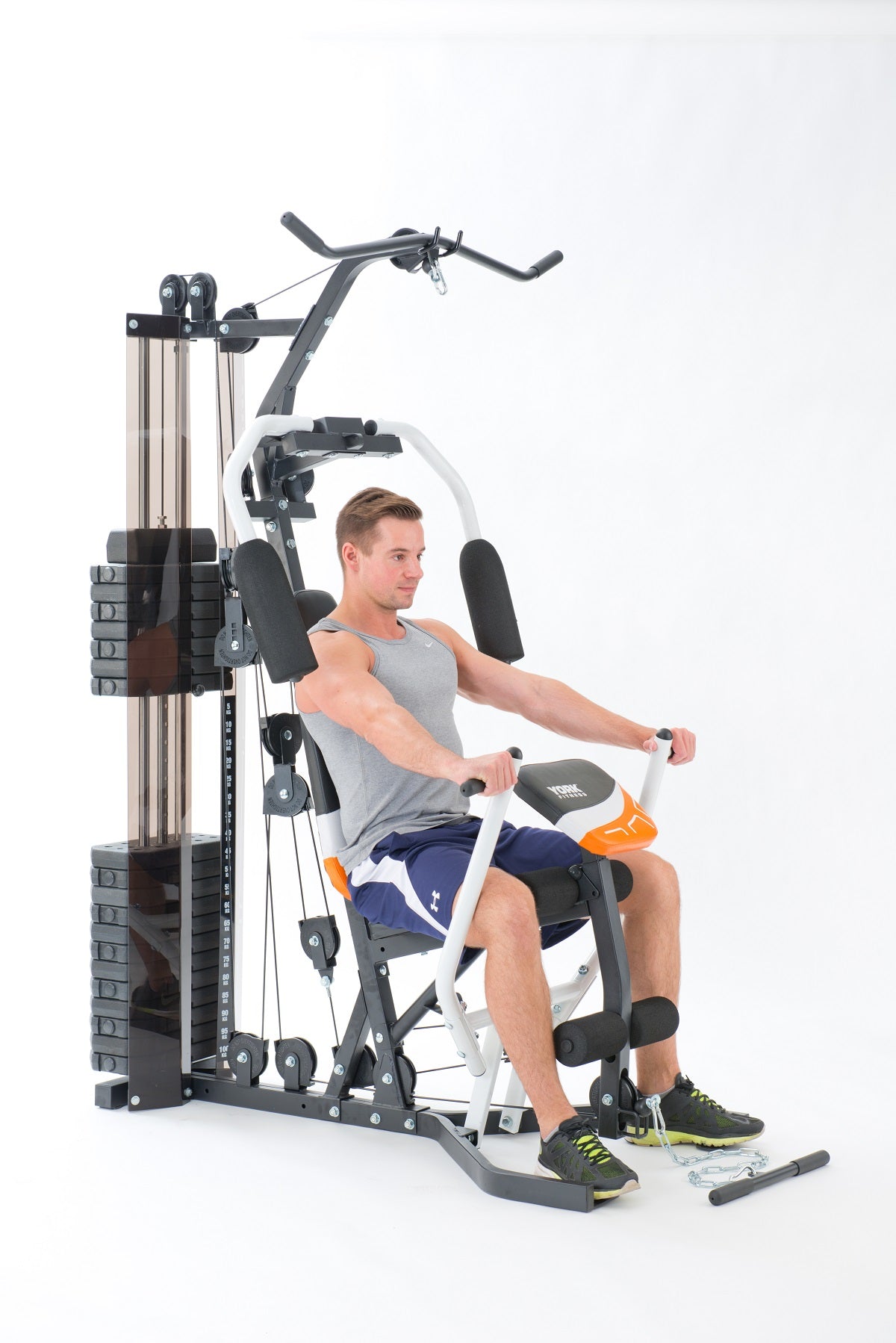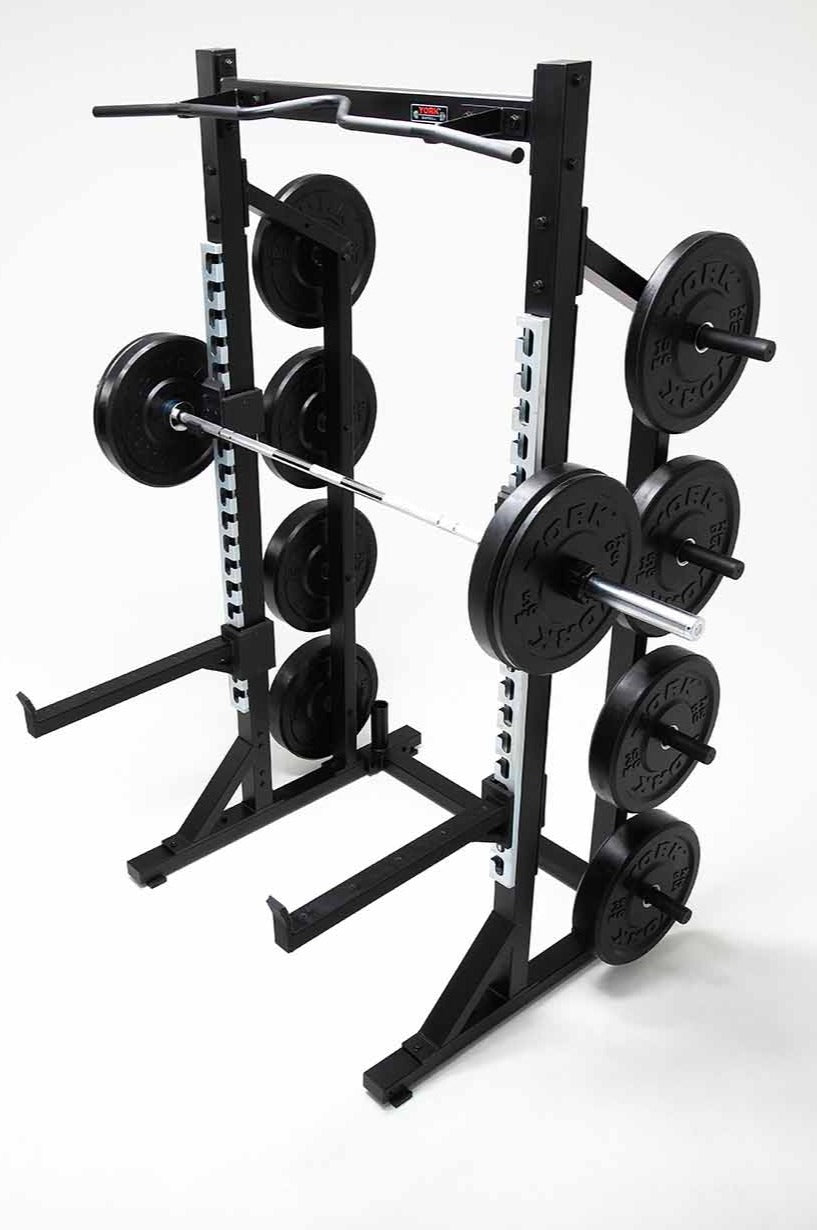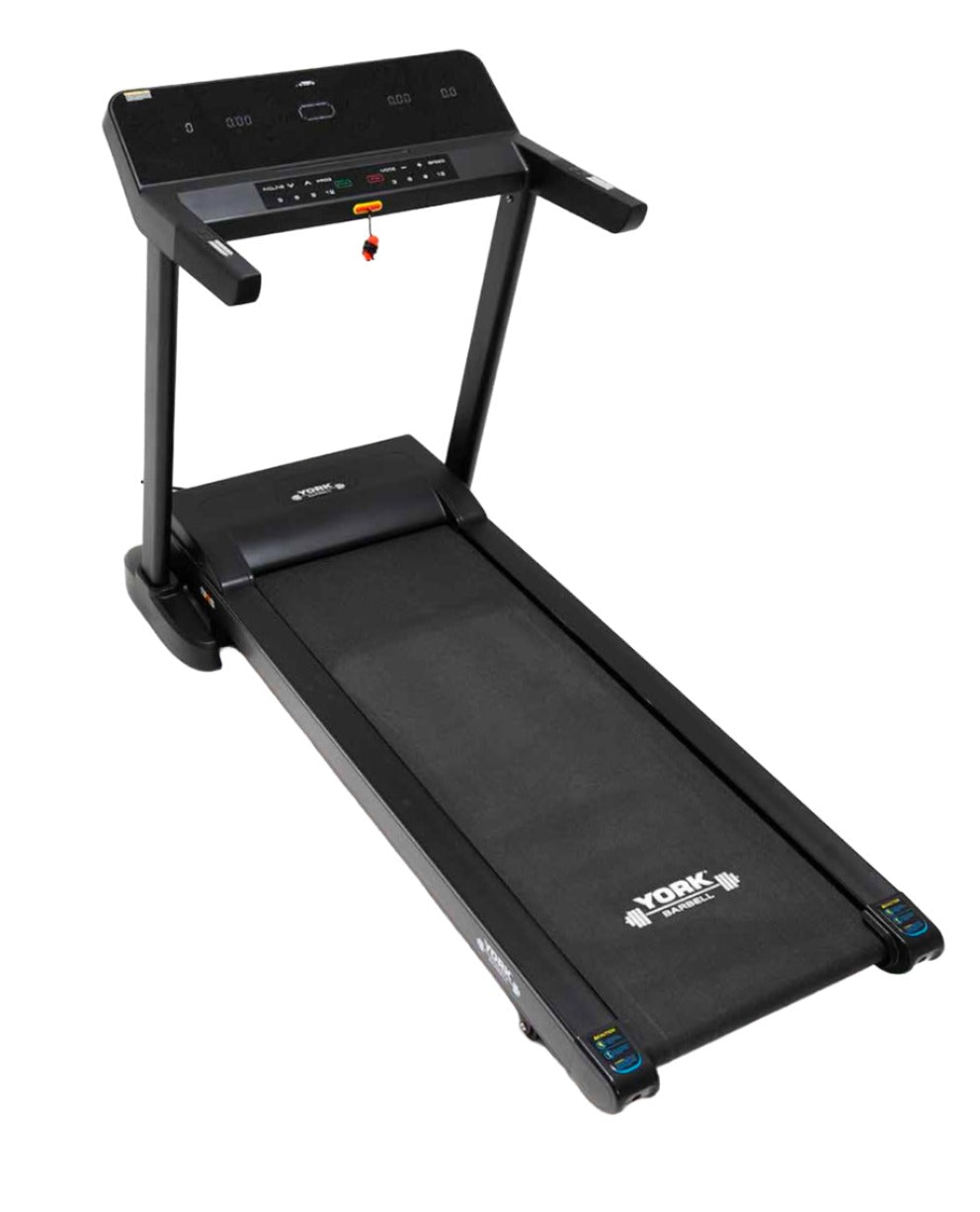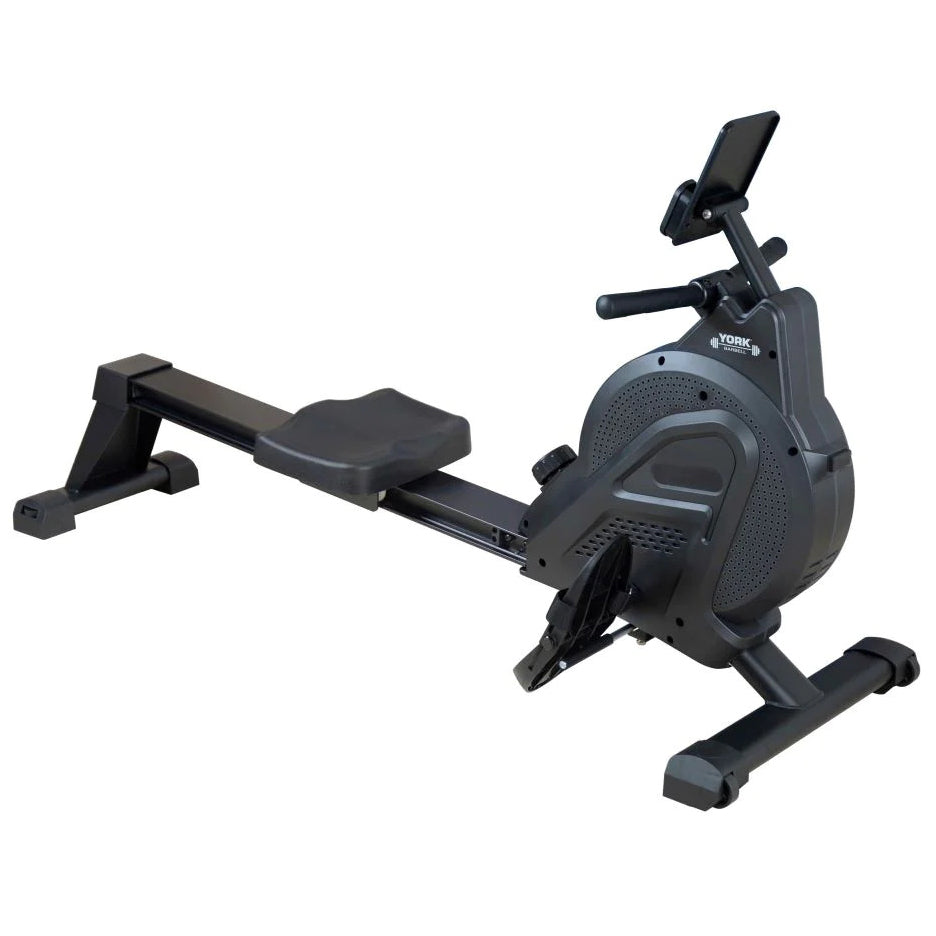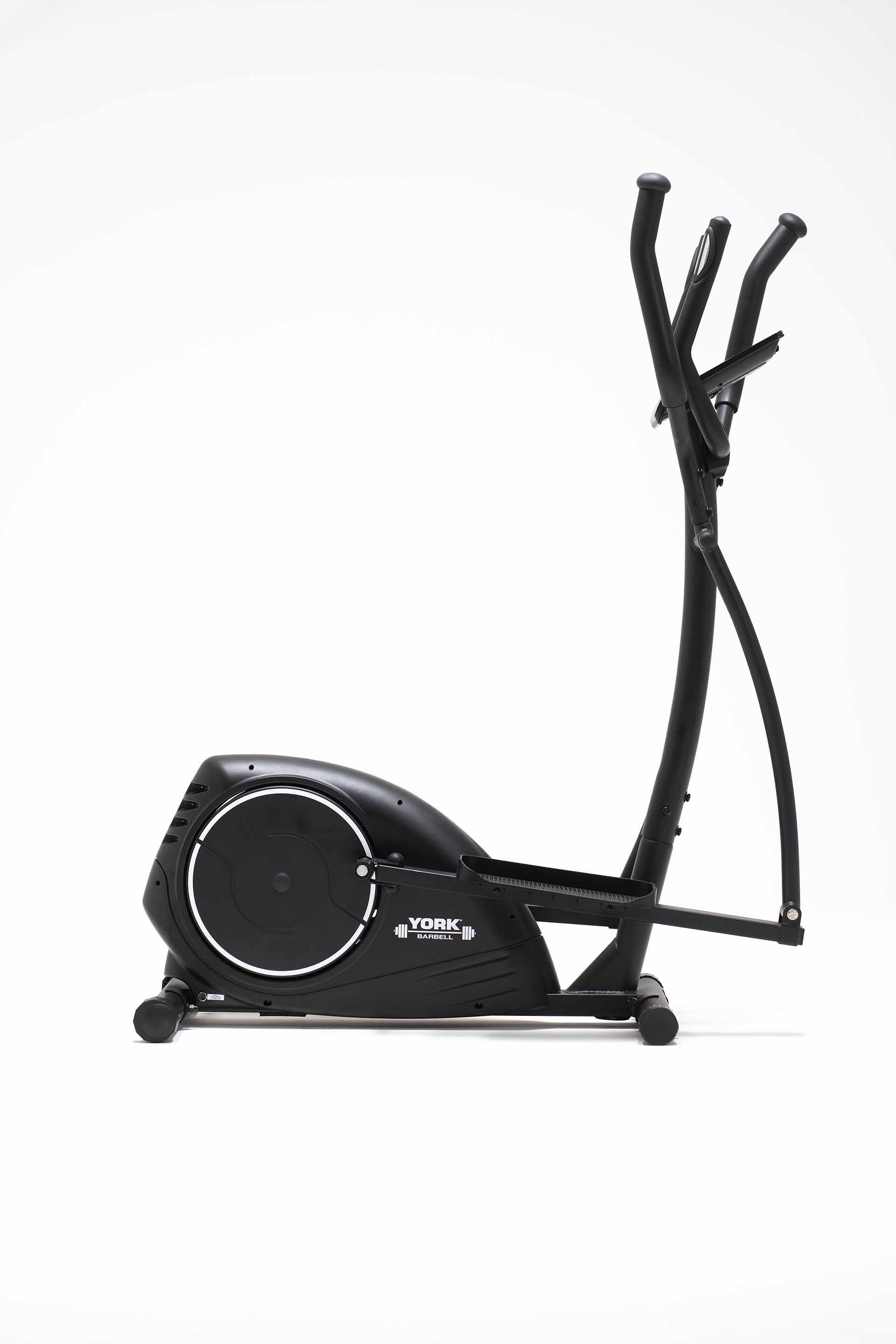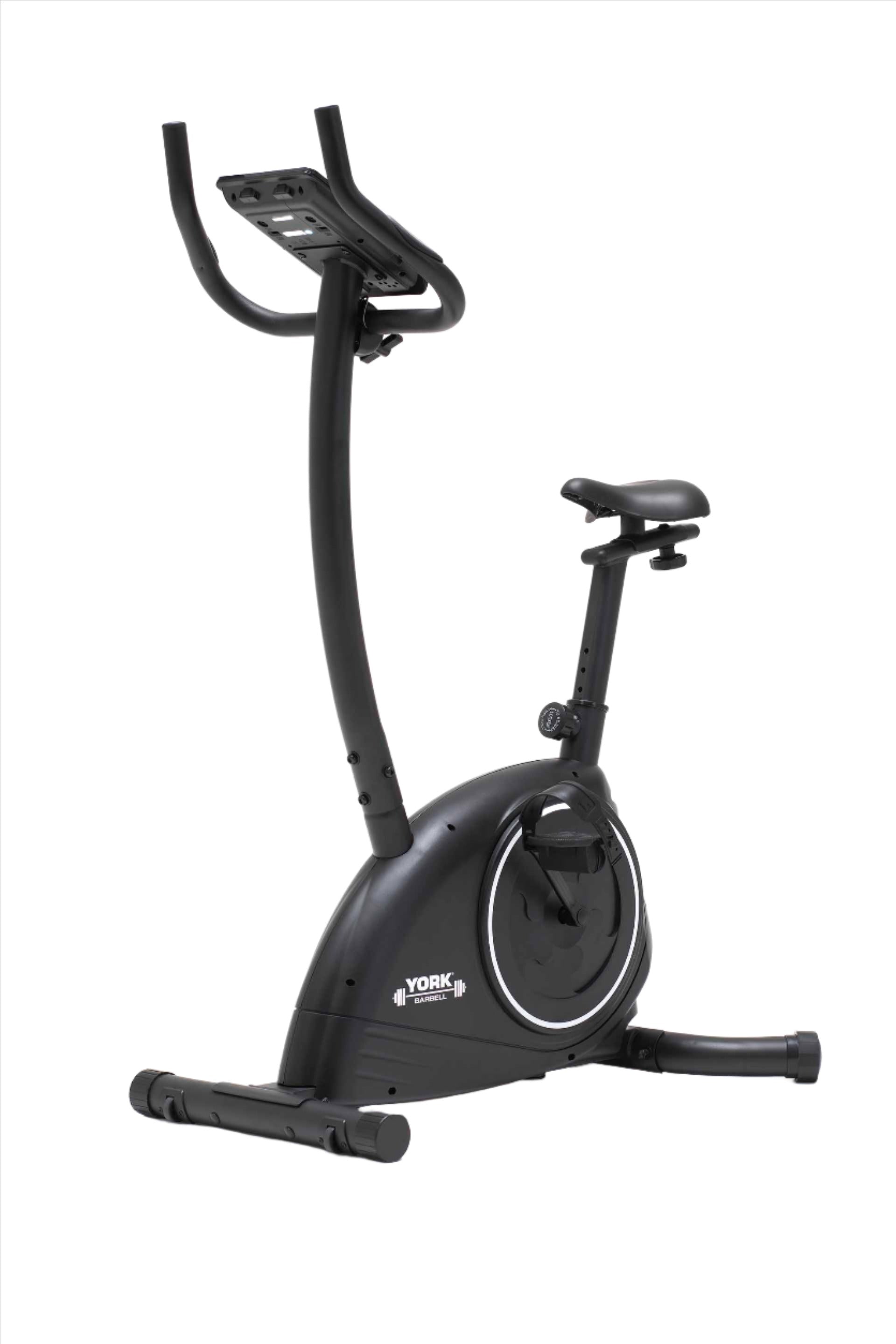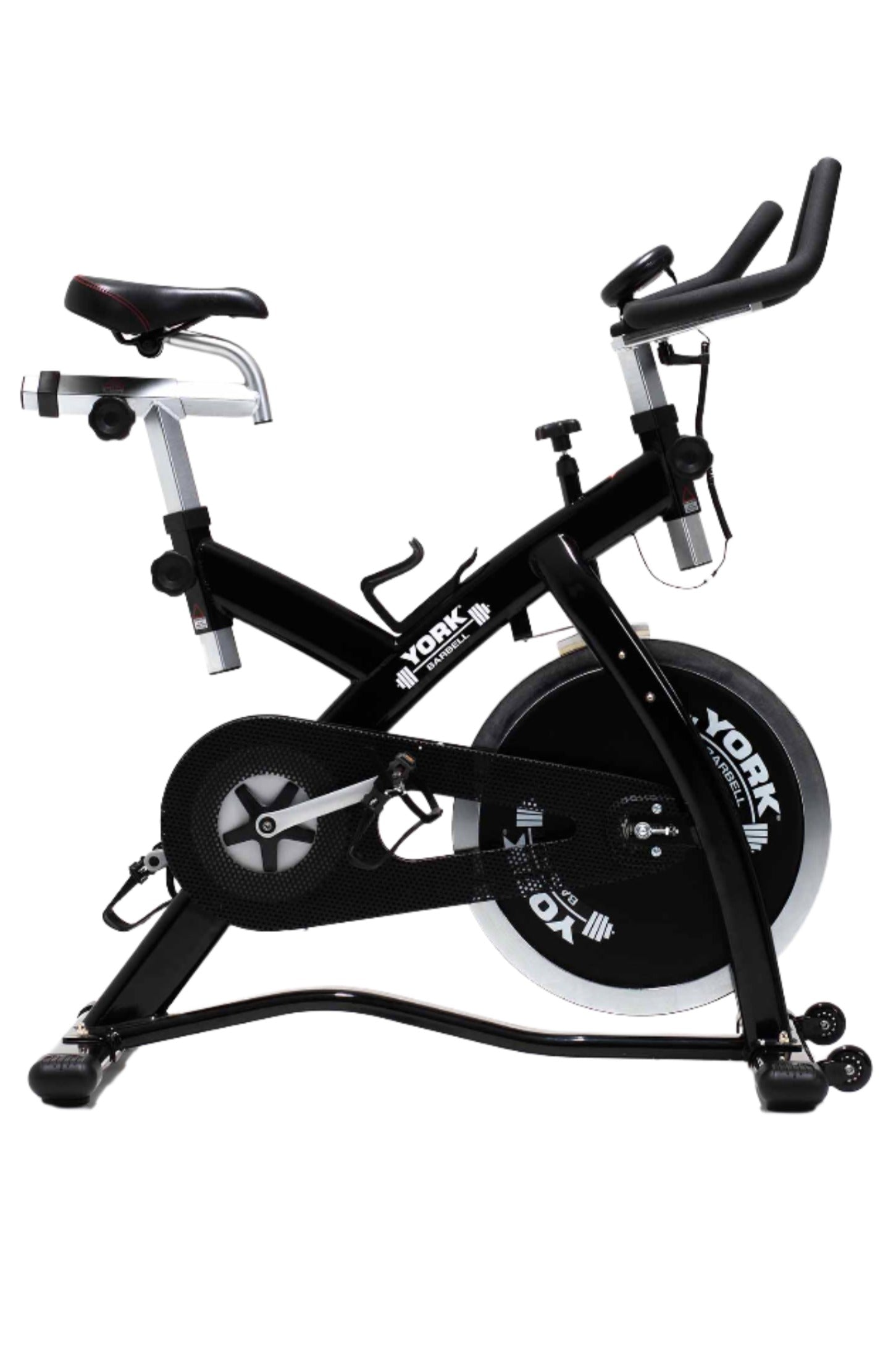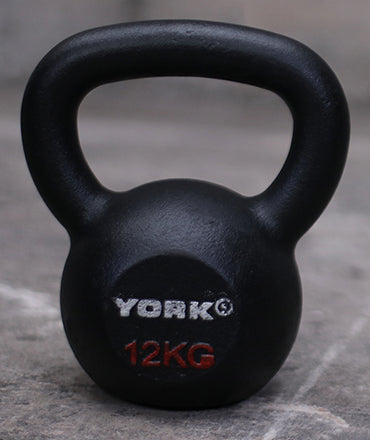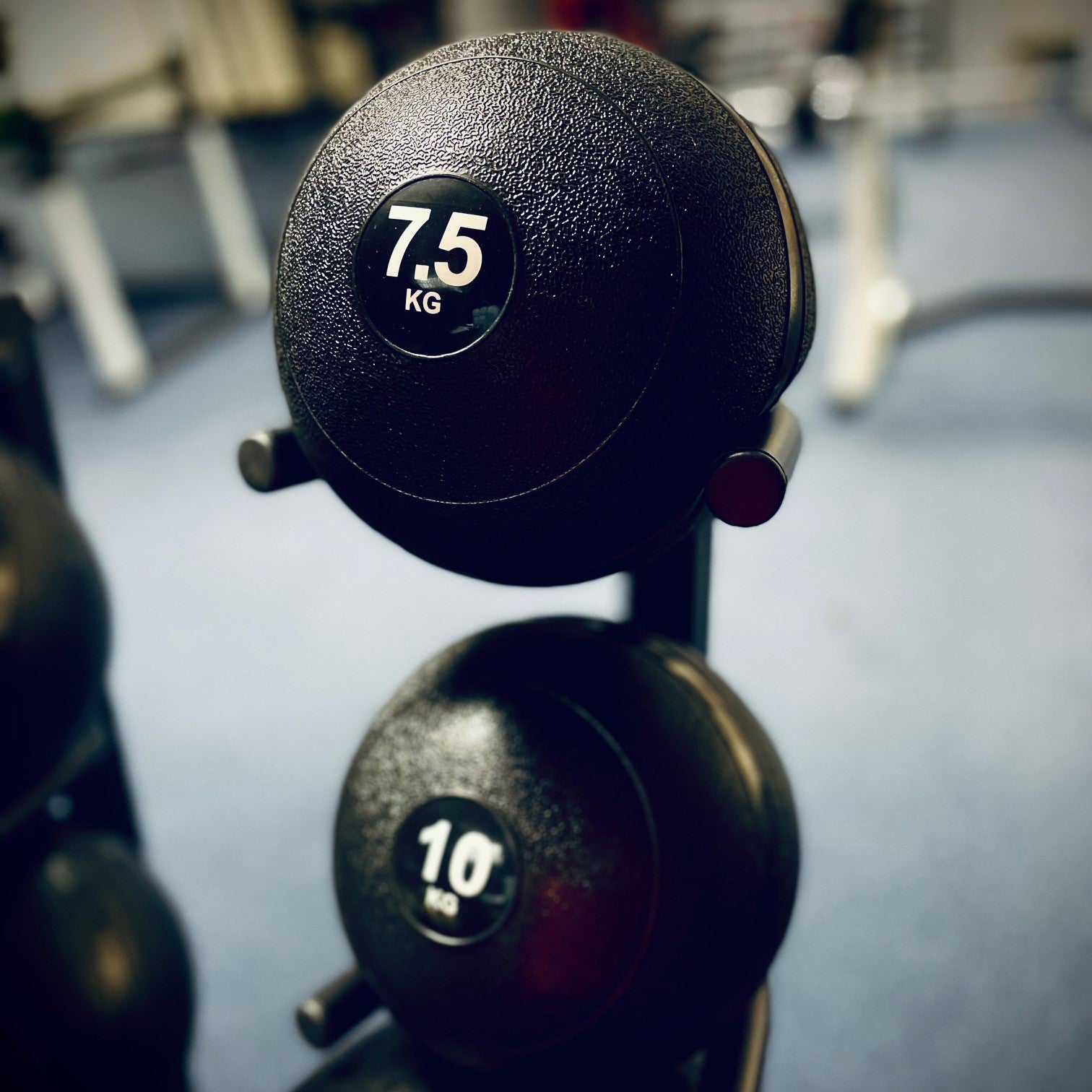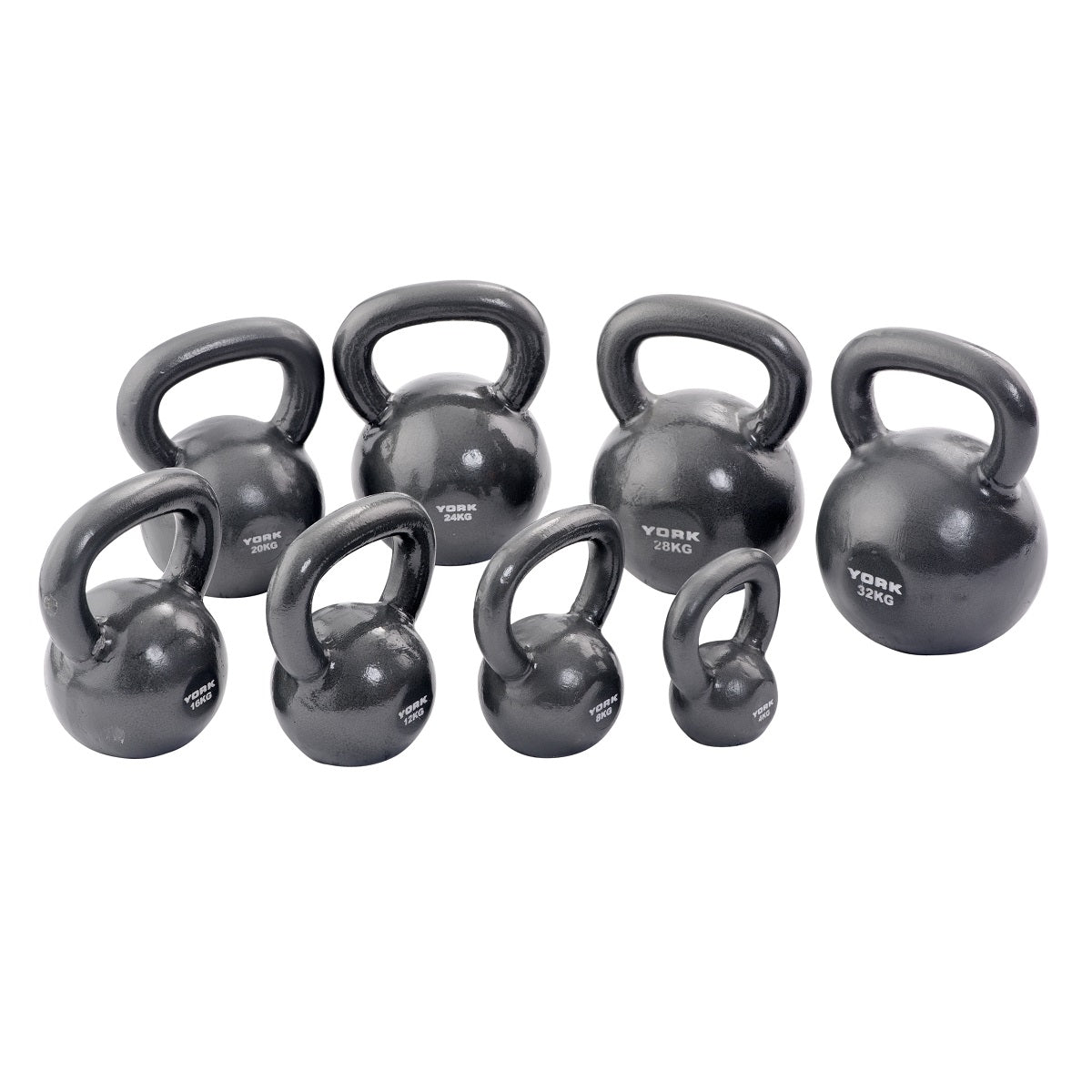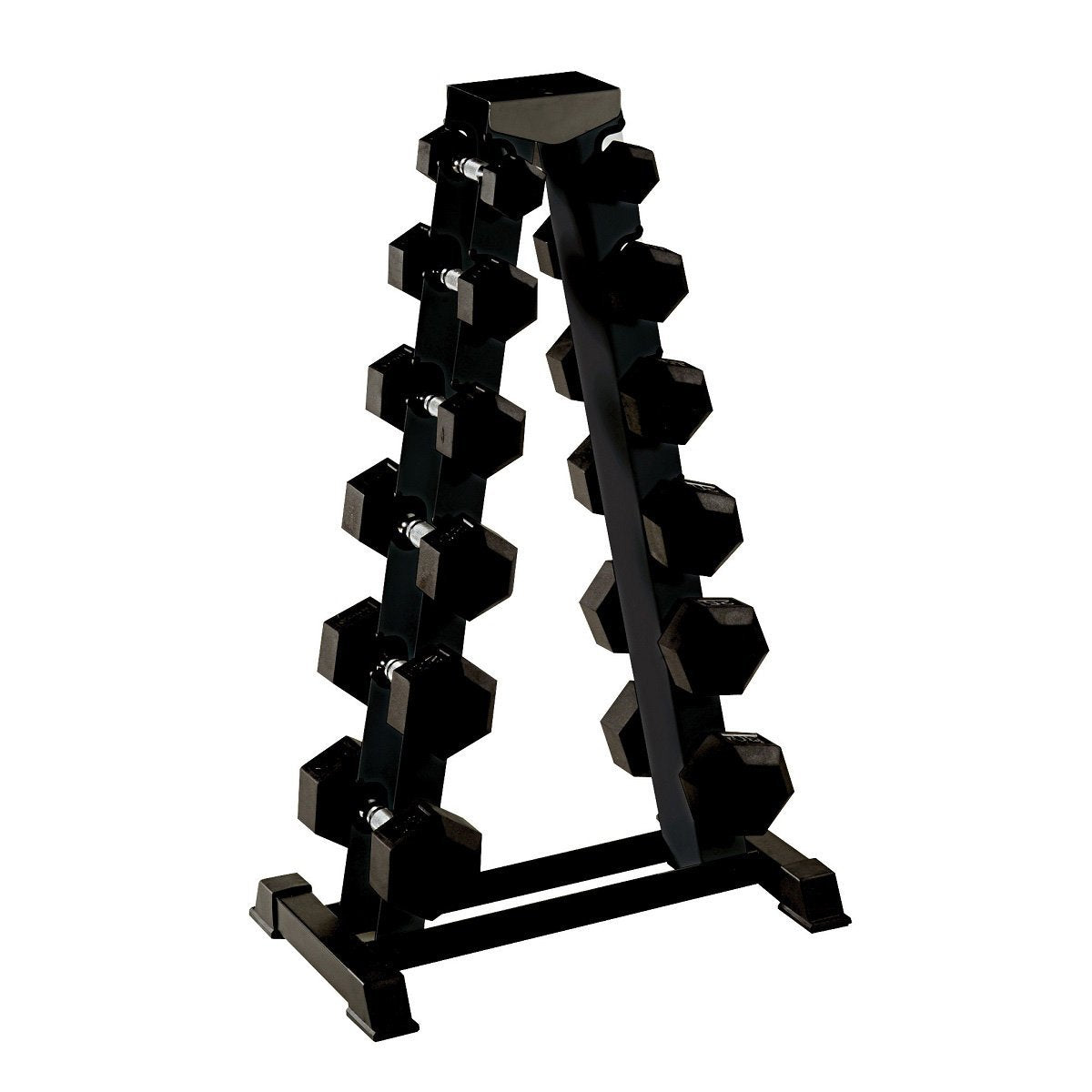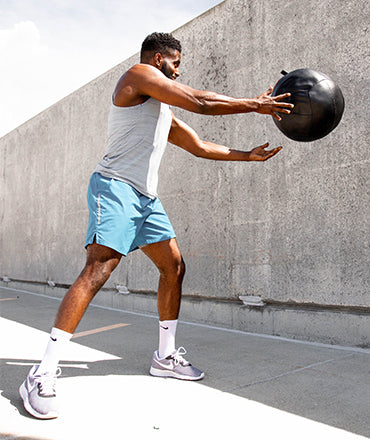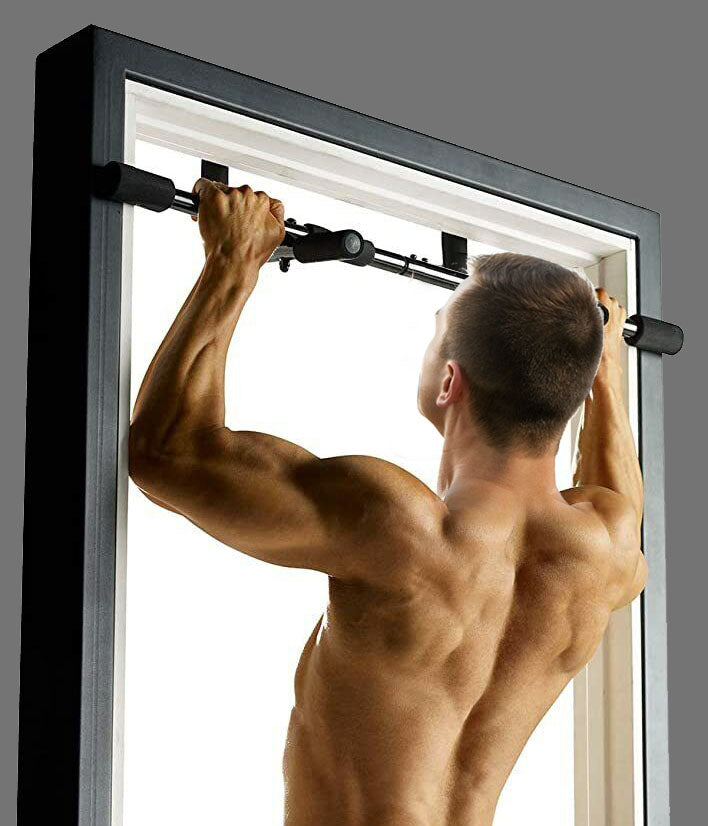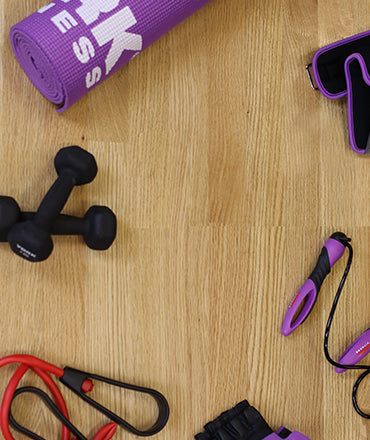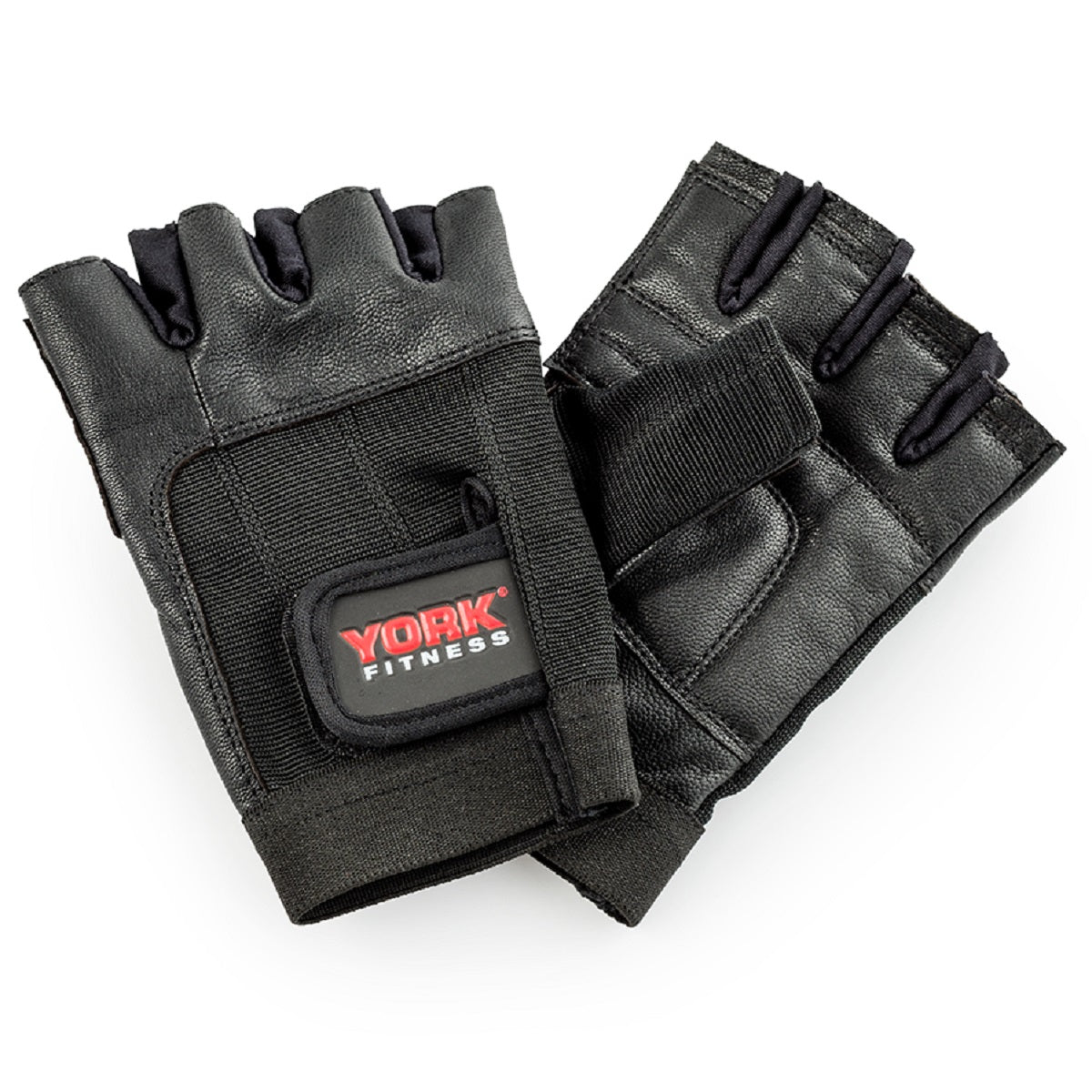Breaking Plateaus: How to Push Past Strength Training Sticking Points
If you’ve been lifting weights for a while, you’ve probably experienced it: progress slows, personal bests stop increasing, and no matter how hard you train, the numbers just don’t seem to move. This frustrating point is what strength trainers call a plateau.
Plateaus are a natural part of any strength training journey. They happen when your body adapts to the demands you’ve been placing on it. The good news is, with the right strategies, you can push past these sticking points and continue building strength and muscle. In this guide, we’ll explore why plateaus happen, common mistakes that keep lifters stuck, and practical strategies to overcome them – both inside and outside the gym.
What Is a Strength Training Plateau?
A strength training plateau occurs when your progress stalls despite consistent effort. For example, you might be stuck bench pressing the same weight for weeks, unable to add more reps or kilos to the bar. Plateaus are common and not a sign of failure – they simply indicate that your body has adapted to your current training routine.
Recognising a plateau early is important. If ignored, plateaus can lead to frustration, loss of motivation, or worse – overtraining and injury.
Why Do Plateaus Happen?
Several factors can contribute to strength training plateaus. Understanding the cause will help you choose the best solution. Here are the most common reasons:
- Lack of Progressive Overload: If you’re not increasing the weight, reps, or intensity over time, your muscles won’t have a reason to grow stronger.
- Repetitive Training: Doing the same exercises in the same order for months can cause your body to adapt fully, limiting progress.
- Poor Recovery: Strength gains happen during rest, not just during training. Without proper recovery, your body can’t rebuild stronger.
- Nutrition Issues: Inadequate protein, calories, or hydration can all affect muscle repair and growth.
- Mental Barriers: Sometimes the plateau isn’t physical but psychological. Fear of failure or lack of motivation can hold you back.
Signs You’ve Hit a Plateau
How do you know if you’re really stuck? Watch for these signs:
- You haven’t increased weight, reps, or sets in over 4 weeks.
- You feel fatigued but don’t see improvements in strength.
- Your workouts feel repetitive and uninspiring.
- You experience frequent aches or nagging injuries.
- Your motivation to train has dropped significantly.
If this sounds familiar, it’s time to shake things up.
Strategies to Break Through a Plateau
Here’s the good news: there are many proven methods to push past plateaus and keep progressing. Let’s break them down:
1. Reassess Your Training Programme
Sometimes the simplest solution is to make changes to your current routine. Ask yourself: are you still following the same workout plan you started months ago? If so, it’s time for an update. Try adjusting variables such as:
- Switching up exercise selection (e.g., swap barbell bench press for dumbbell bench press).
- Changing rep ranges (move from 3x10 to 5x5, or vice versa).
- Adjusting training frequency (e.g., moving from 2 full-body workouts to an upper/lower split).
2. Use Progressive Overload More Strategically
Progressive overload is the backbone of strength training. If you’ve stopped progressing, you may need to apply it in new ways. Options include:
- Adding small increments of weight (even 1–2 kg makes a difference).
- Increasing total training volume (more sets or reps).
- Reducing rest times to increase intensity.
- Improving form to get more out of each rep.
3. Incorporate Advanced Training Techniques
When basic progressive overload stops working, advanced methods can reignite progress:
- Drop Sets: Perform an exercise to failure, then reduce the weight and continue without rest.
- Supersets: Pair two exercises back-to-back (e.g., bench press followed by push-ups).
- Pyramid Sets: Gradually increase weight with each set, then decrease it again.
- Pause Reps: Pause briefly at the hardest part of the lift to eliminate momentum and increase time under tension.
- Tempo Training: Slow down the eccentric (lowering) phase of a lift to build control and strength.
4. Focus on Recovery and Rest
Many lifters underestimate the power of rest. Training hard without adequate recovery is like trying to drive a car without fuel. To optimise recovery:
- Sleep at least 7–9 hours per night.
- Schedule de-load weeks every 6–8 weeks (reduce weight and volume for a week to allow recovery).
- Incorporate mobility and stretching routines.
- Use active recovery activities such as swimming, yoga, or light cycling.
5. Revisit Your Nutrition
Strength gains require fuel. If you’re under-eating or not getting the right balance of nutrients, progress will stall. Key nutrition tips include:
- Protein Intake: Aim for 1.6–2.2 grams of protein per kilogram of body weight daily.
- Carbohydrates: Provide the energy needed to power through intense training.
- Healthy Fats: Support hormone health, which influences recovery and growth.
- Hydration: Even mild dehydration can affect performance.
6. Address Mental Barriers
Plateaus can feel as much mental as physical. Break the monotony by:
- Setting new short-term goals (e.g., improving form or hitting rep targets).
- Training with a partner for motivation.
- Changing your training environment (new gym or home equipment).
- Tracking progress visually (progress photos, training logs).
Common Mistakes to Avoid During a Plateau
As tempting as it is to push harder, some approaches will do more harm than good. Avoid these pitfalls:
- Overtraining: Adding endless sets and sessions can lead to burnout and injury.
- Neglecting Recovery: Skipping rest days prevents your body from rebuilding stronger.
- Program Hopping: Changing routines too often doesn’t give your body time to adapt.
- Ignoring Nutrition: Training hard without proper fuel is like running on empty.
- Focusing Only on Isolation Work: Compound lifts (squats, deadlifts, presses, pulls) should remain the backbone of your training.
Sample Plateau-Busting Workout Plan
Here’s an example of a 4-day split designed to break through plateaus by introducing variety and intensity:
Day 1 – Upper Body (Strength Focus)
- Bench Press – 5x5 (progressive overload)
- Pull-Ups – 4x6-8
- Overhead Press – 4x6
- Barbell Rows – 4x8
- Face Pulls – 3x12
Day 2 – Lower Body (Hypertrophy Focus)
- Back Squats – 4x8
- Romanian Deadlifts – 4x10
- Lunges – 3x12 per leg
- Leg Press – 3x15
- Calf Raises – 4x20
Day 3 – Active Recovery
- Mobility work, stretching, yoga, or light cardio
Day 4 – Push-Pull Superset Session
- Dumbbell Bench Press superset with Push-Ups – 3 rounds
- Lat Pulldowns superset with Dumbbell Rows – 3 rounds
- Overhead Press superset with Lateral Raises – 3 rounds
- Bicep Curls superset with Tricep Dips – 3 rounds
Day 5 – Lower Body (Power Focus)
- Deadlifts – 5x3 (heavy)
- Front Squats – 4x6
- Kettlebell Swings – 4x15
- Bulgarian Split Squats – 3x10 per leg
- Hanging Leg Raises – 3x15
Final Thoughts: Turning Plateaus into Progress
Plateaus are part of the process. Instead of seeing them as setbacks, think of them as opportunities to reassess and improve your training. By adjusting your workout plan, embracing advanced techniques, prioritising recovery, and fuelling your body properly, you’ll not only break through plateaus but come back stronger than before.
Remember – every lifter faces sticking points, even professionals. What separates those who succeed is the willingness to adapt, stay consistent, and keep pushing forward. Stay patient, trust the process, and use these strategies to turn your training plateau into your next breakthrough.


